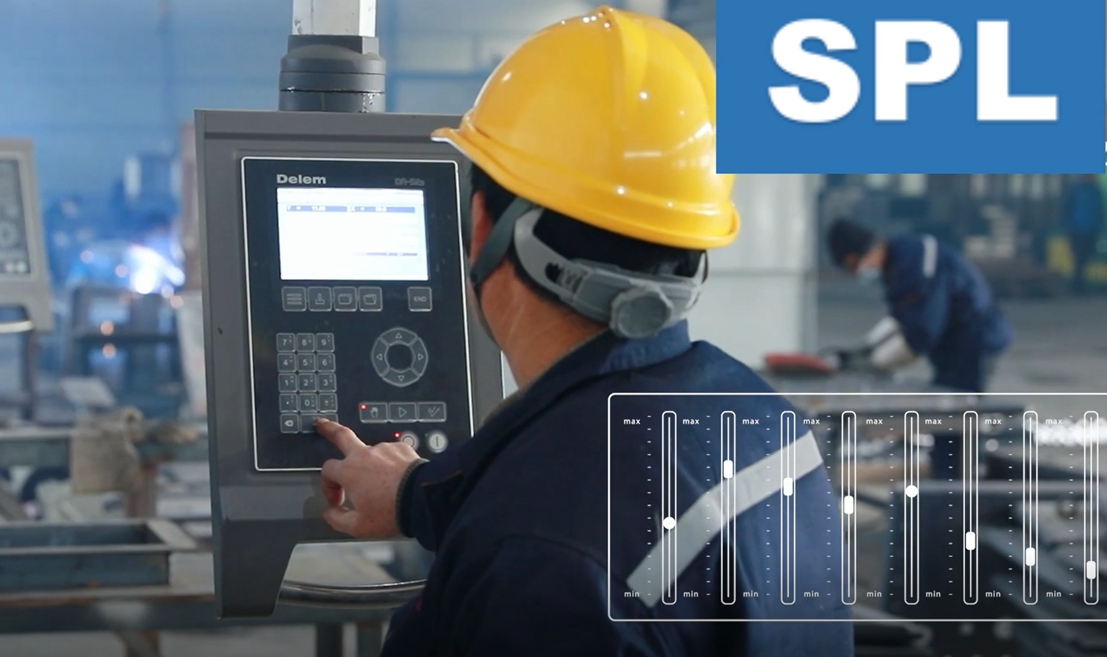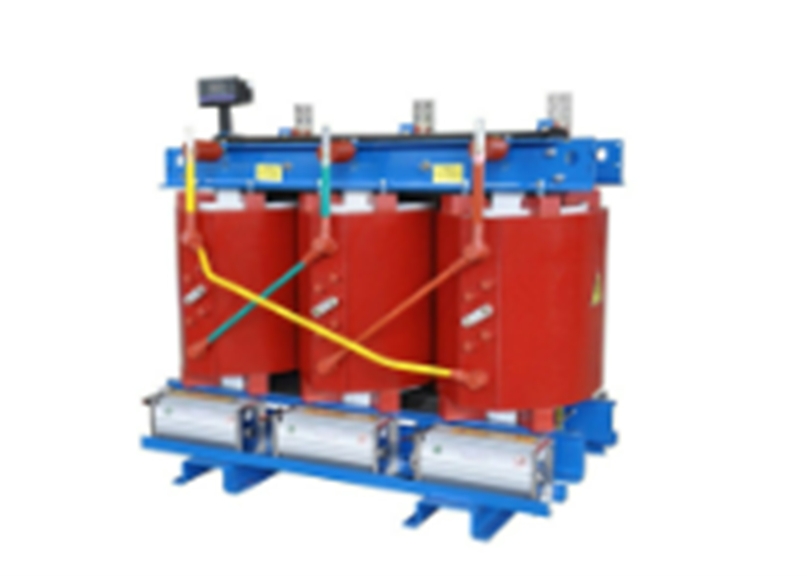Table of Contents
Blog Topic: Differences Between Dry Type and Oil Immersed Transformers
Transformers are essential components in electrical systems, as they help to regulate voltage Levels and ensure the efficient transmission of electricity. There are two main types of transformers commonly used in the industry: dry type transformers and oil immersed transformers. Each type has its own set of advantages and disadvantages, making them suitable for different applications.
| Dry transfo | Rated\\u00a0power\\u00a0\\uff08KVA\\uff09 | Voltage\\u00a0combination\\uff08KV\\uff09 | Off-load\\u00a0losses\\uff08W\\uff09 | Load\\u00a0losses\\uff08W\\uff09 | Off-load\\u00a0current\\u00a0\\uff08%\\uff09 | Short-circuit\\u00a0voltage\\u00a0\\uff08%\\uff09 |
| SC11-30 | 30 | 6,6.3,6.6,10,11/0.4 | 180 | 710 | 2.4 | 4.0 |
| SC11-50 | 50 | 6,6.3,6.6,10,11/0.4 | 250 | 1000 | 2.4 | 4.0 |
| SC11-80 | 80 | 6,6.3,6.6,10,11/0.4 | 340 | 1380 | 1.8 | 4.0 |
| SC11-100 | 100 | 6,6.3,6.6,10,11/0.4 | 360 | 1570 | 1.8 | 4.0 |
| SC11-125 | 125 | 6,6.3,6.6,10,11/0.4 | 420 | 1850 | 1.6 | 4.0 |
| SCB11-160 | 160 | 6,6.3,6.6,10,11/0.4 | 490 | 2130 | 1.6 | 4.0 |
| SCB11-200 | 200 | 6,6.3,6.6,10,11/0.4 | 560 | 2530 | 1.4 | 4.0 |
| SCB11-250 | 250 | 6,6.3,6.6,10,11/0.4 | 650 | 2760 | 1.4 | 4.0 |
| SCB11-315 | 315 | 6,6.3,6.6,10,11/0.4 | 790 | 3470 | 1.2 | 4.0 |
| SCB11-400 | 400 | 6,6.3,6.6,10,11/0.4 | 880 | 3990 | 1.2 | 4.0 |
| SCB11-500 | 500 | 6,6.3,6.6,10,11/0.4 | 1050 | 4880 | 1.2 | 4.0 |
| SCB11-630 | 630 | 6,6.3,6.6,10,11/0.4 | 1210 | 5880 | 1.0 | 4.0 |
| SCB11-630 | 630 | 6,6.3,6.6,10,11/0.4 | 1170 | 5960 | 1.0 | 6.0 |
| SCB11-800 | 800 | 6,6.3,6.6,10,11/0.4 | 1370 | 6960 | 1.0 | 6.0 |
| SCB11-1000 | 1000 | 6,6.3,6.6,10,11/0.4 | 1590 | 8130 | 1.0 | 6.0 |
| SCB11-1250 | 1250 | 6,6.3,6.6,10,11/0.4 | 1880 | 9690 | 1.0 | 6.0 |
| SCB11-1600 | 1600 | 6,6.3,6.6,10,11/0.4 | 2210 | 11730 | 1.0 | 6.0 |
| SCB11-2000 | 2000 | 6,6.3,6.6,10,11/0.4 | 2720 | 14450 | 0.8 | 6.0 |
| SCB11-2500 | 2500 | 6,6.3,6.6,10,11/0.4 | 3200 | 17170 | 0.8 | 6.0 |
Dry type transformers, as the name suggests, do not use oil as a cooling medium. Instead, they rely on air to dissipate heat generated during operation. This makes them a popular choice for indoor applications where the use of oil may pose a Safety hazard. Dry type transformers are also more environmentally friendly, as they do not require the use of oil, which can be harmful if leaked into the Environment.

On the other hand, oil immersed transformers use oil as a cooling medium to dissipate heat. This allows them to handle higher power loads and operate more efficiently than dry type transformers. Oil immersed transformers are commonly used in outdoor applications where the risk of fire is lower, as the oil helps to insulate and protect the transformer from external elements.

One of the key differences between dry type and oil immersed transformers is their construction. Dry type transformers are typically smaller and lighter than oil immersed transformers, making them easier to transport and install. However, oil immersed transformers are more robust and can withstand higher temperatures and power loads, making them suitable for heavy-duty applications.
In terms of maintenance, dry type transformers are generally easier to maintain than oil immersed transformers. Since they do not use oil, there is no need for regular oil testing and replacement, which can be time-consuming and costly. However, dry type transformers may require more frequent cleaning to prevent dust and debris from accumulating on the windings.
Oil immersed transformers, on the other hand, require regular oil testing and replacement to ensure proper functioning. The oil also needs to be monitored for signs of contamination or degradation, which can affect the performance of the transformer. Despite the additional maintenance requirements, oil immersed transformers are known for their durability and long service life.
When it comes to cost, dry type transformers are typically more expensive than oil immersed transformers. This is due to the higher cost of materials and manufacturing processes involved in producing dry type transformers. However, the initial investment in a dry type transformer may be offset by lower maintenance costs over time.
In China, there are many companies that specialize in the production of both dry type and oil immersed transformers. These companies offer a wide range of transformer products to meet the diverse needs of their customers. One of the key advantages of purchasing transformers from a Chinese company is the high price ratio, which allows customers to get high-quality products at competitive prices.
| Type | Rating\\u00a0capacity\\u00a0\\uff08KVA\\uff09 | Off-load\\u00a0losses\\uff08W\\uff09 | Voltage\\u00a0combination\\u00a0\\uff08KV\\uff09 | Load\\u00a0losses\\uff08W\\uff09 | Off-load\\u00a0current\\u00a0\\uff08%\\uff09 | Short-circuit\\u00a0impedance\\u00a0\\uff08%\\uff09 |
| S11-M-30 | 30 | 100 | 6,6.3,10,10.5,11/0.4 | 600 | 2.3 | 4.0 |
| S11-M-50 | 50 | 130 | 6,6.3,10,10.5,11/0.4 | 870 | 2.0 | 4.0 |
| S11-M-63 | 63 | 150 | 6,6.3,10,10.5,11/0.4 | 1040 | 1.9 | 4.0 |
| S11-M-80 | 80 | 180 | 6,6.3,10,10.5,11/0.4 | 1250 | 1.9 | 4.0 |
| S11-M-100 | 100 | 200 | 6,6.3,10,10.5,11/0.4 | 1500 | 1.8 | 4.0 |
| S11-M-125 | 125 | 240 | 6,6.3,10,10.5,11/0.4 | 1800 | 1.7 | 4.0 |
| S11-M-160 | 160 | 280 | 6,6.3,10,10.5,11/0.4 | 2200 | 1.6 | 4.0 |
| S11-M-200 | 200 | 340 | 6,6.3,10,10.5,11/0.4 | 2600 | 1.5 | 4.0 |
| S11-M-250 | 250 | 400 | 6,6.3,10,10.5,11/0.4 | 3050 | 1.4 | 4.0 |
| S11-M-315 | 315 | 480 | 6,6.3,10,10.5,11/0.4 | 3650 | 1.4 | 4.0 |
| S11-M-400 | 400 | 570 | 6,6.3,10,10.5,11/0.4 | 4300 | 1.3 | 4.0 |
| S11-M-500 | 500 | 680 | 6,6.3,10,10.5,11/0.4 | 5100 | 1.2 | 4.0 |
| S11-M-630 | 630 | 810 | 6,6.3,10,10.5,11/0.4 | 6200 | 1.1 | 4.5 |
| S11-M-800 | 800 | 980 | 6,6.3,10,10.5,11/0.4 | 7500 | 1.0 | 4.5 |
| S11-M-1000 | 1000 | 1150 | 6,6.3,10,10.5,11/0.4 | 10300 | 1.0 | 4.5 |
| S11-M-1250 | 1250 | 1360 | 6,6.3,10,10.5,11/0.4 | 12800 | 0.9 | 4.5 |
| S11-M-1600 | 1600 | 1640 | 6,6.3,10,10.5,11/0.4 | 14500 | 0.8 | 4.5 |
| S11-M-2000 | 2000 | 2280 | 6,6.3,10,10.5,11/0.4 | 17820 | 0.6 | 5.0 |
| S11-M-2500 | 2500 | 2700 | 6,6.3,10,10.5,11/0.4 | 20700 | 0.6 | 5.0 |
| S11-M-30- | 30 | 90 | 20,22/0.4 | 660 | 2.1 | 5.5 |
| S11-M-50- | 50 | 130 | 20,22/0.4 | 960 | 2 | 5.5 |
| S11-M-63- | 63 | 150 | 20,22/0.4 | 1145 | 1.9 | 5.5 |
| S11-M-80- | 80 | 180 | 20,22/0.4 | 1370 | 1.8 | 5.5 |
| S11-M-100- | 100 | 200 | 20,22/0.4 | 1650 | 1.6 | 5.5 |
| S11-M-125- | 125 | 240 | 20,22/0.4 | 1980 | 1.5 | 5.5 |
| S11-M-160- | 160 | 290 | 20,22/0.4 | 2420 | 1.4 | 5.5 |
| S11-M-200- | 200 | 330 | 20,22/0.4 | 2860 | 1.3 | 5.5 |
| S11-M-250- | 250 | 400 | 20,22/0.4 | 3350 | 1.2 | 5.5 |
| S11-M-315- | 315 | 480 | 20,22/0.4 | 4010 | 1.1 | 5.5 |
| S11-M-400- | 400 | 570 | 20,22/0.4 | 4730 | 1 | 5.5 |
| S11-M-500 | 500 | 680 | 20,22/0.4 | 5660 | 1 | 5.5 |
| S11-M-630 | 630 | 810 | 20,22/0.4 | 6820 | 0.9 | 6 |
| S11-M-800 | 800 | 980 | 20,22/0.4 | 8250 | 1.8 | 6 |
| S11-M-1000 | 1000 | 1150 | 20,22/0.4 | 11330 | 0.7 | 6 |
| S11-M-1250 | 1250 | 1350 | 20,22/0.4 | 13200 | 0.7 | 6 |
| S11-M-1600 | 1600 | 1630 | 20,22/0.4 | 15950 | 0.6 | 6 |
To learn more about the differences between dry type and oil immersed transformers, you can watch informative videos on the topic. These videos provide a visual explanation of how each type of transformer works and the key differences between them. By watching these videos, you can gain a better understanding of which type of transformer is best suited for your specific application.
In conclusion, both dry type and oil immersed transformers have their own set of advantages and disadvantages. The choice between the two types depends on factors such as the application, maintenance requirements, and budget constraints. By understanding the differences between dry type and oil immersed transformers, you can make an informed decision when selecting a transformer for your electrical system.

